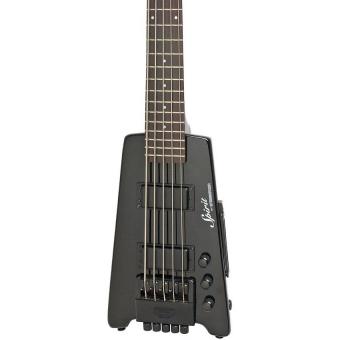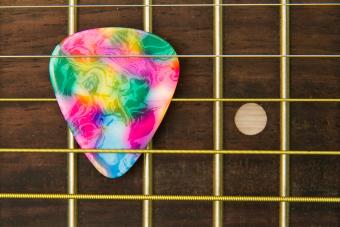Bass Guitar Pictures Slideshow

This slideshow of bass guitar pictures offers examples of the most common basses as well as a few innovative models.
Bass guitars may look similar to electric guitars, but they have some major differences when closely examined. Their longer necks and lower tunings allow players to reach far deeper tones than the average 6-string guitar.
4-String Bass

The 4-string bass, pictured left, is the standard model used by many assist, and is typically tuned to E-A-D-G just like a double bass.
5-String Bass

The 5-string bass offers greater range due to the additional string which is tuned to add either more bass or more tenor. For more bass, tune to B-E-A-D-G. For more tenor, tune to E-A-D-G-C.
6-String Bass

The 6-string bass is very versatile, and is a studio favorite due to its extensive range. It's suitable for most musical genres. The common tuning for this instrument is B-E-A-D-G-C.
Jazz Bass

The jazz bass has a narrower neck that is more rounded than a standard precision bass, and it produces stronger mid-range tones that are easier to distinguish in combos. It has an off-set waist body style similar to a Jazzmaster guitar.
Fretless Bass

The fretless bass produces a muted tone because the player presses the strings directly to the wooden fingerboard. Fingering techniques similar to those used with a double bass will produce vibrato and more. The lack of frets also allows players to capture a fuller range of intonation between two notes.
Sign up for our newsletter featuring all the latest stories and products we love.
Double Neck Bass and Electric Guitar

This double neck model features a 6-string electric guitar and a 4-string bass, covering quite a lot of range.
Headless Bass

Originally developed by Ned Steinberger, this bass functions without the use of a traditional headstock. The tuning mechanism of the headless bass is located on the bridge.
Interested in going acoustic? Check out Acoustic Guitars...







